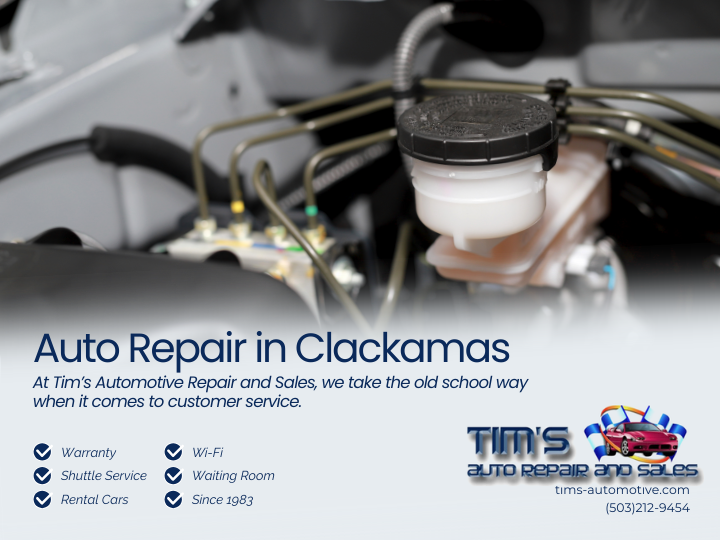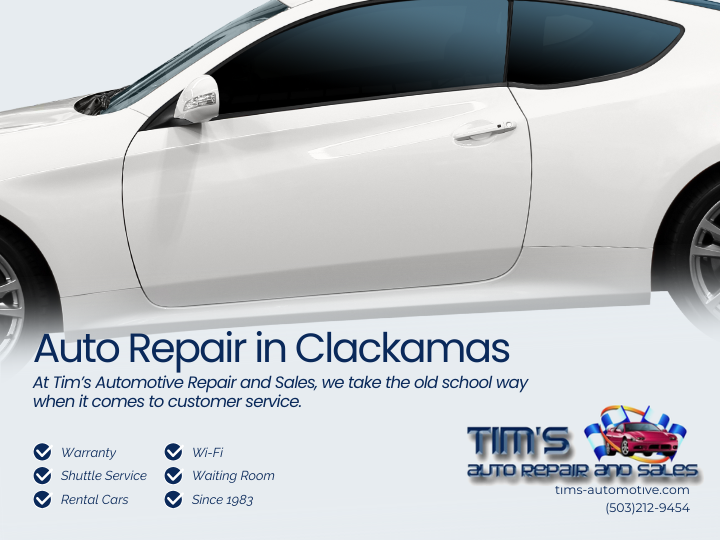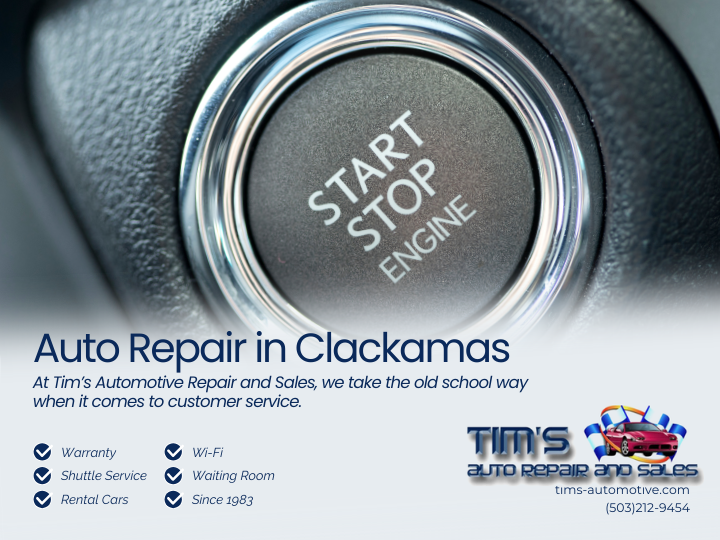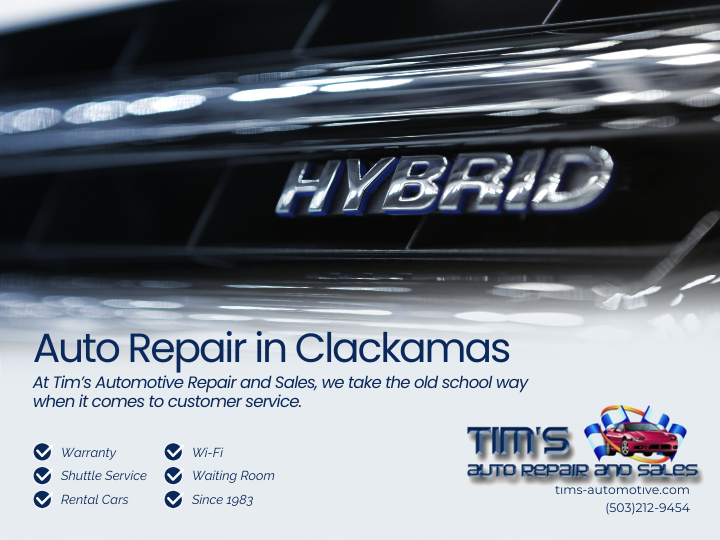Posted on 12/8/2025

Why Is My Truck Leaking Brake Fluid? A Complete Safety Guide for Drivers in Clackamas, Happy Valley, Milwaukie, and the Greater Portland Area A brake fluid leak in a truck is one of the most urgent mechanical failures any driver can face. Unlike oil leaks, coolant leaks, or transmission leaks—which may cause damage over time—brake fluid leaks can cause immediate and total brake failure. Brake fluid is the hydraulic force your brake system relies on to stop your truck safely. When it leaks, the integrity of that system collapses. Drivers throughout Clackamas, Happy Valley, Oregon City, Damascus, Milwaukie, Sunnyside, and the greater Portland region rely on their trucks daily for hauling, commuting, towing, work, and recreation. A brake fluid leak in these environments—where stop-and-go traffic, steep terrain, wet roads, and fast-moving freeways intersect—is especially dangerous. This fully structured, high-authority guide explains the exact reasons trucks lea ... read more
Posted on 12/5/2025

Steering Repair Near Me: Protecting Clackamas Drivers with Expert Care Introduction: Steering Is the Core of Vehicle Safety When drivers in Clackamas think about car maintenance, oil changes, tire rotations, and brake pads usually come to mind. But your steering system? It’s often forgotten—until something goes wrong. The truth is, your steering is the backbone of safe driving. If your wheel feels stiff, your car drifts, or you hear clunks when turning, those aren’t minor issues—they’re urgent warnings. Left unchecked, small steering problems can become costly repairs or even dangerous failures on the highways around Portland or the winding backroads near Oregon City. For drivers searching “steering repair near me” in Clackamas, Happy Valley, Oregon City, Gladstone, Milwaukie, or the Portland Metro area, this guide will show you: How steering systems work Common symptoms of steering failure The risks of ignoring problems ... read more
Posted on 12/1/2025

Why Is My Car Riding Rough? You know your car better than anyone — and when the ride suddenly feels harsher, bumpier, or less stable, something inside you knows it’s not right. What used to be a smooth cruise down SE 82nd Drive or I-205 now feels rough, shaky, and uncomfortable. A rough ride isn’t just an annoyance. It’s your car’s way of saying something’s off. Whether the cause lies in your tires, suspension, steering, or driveline, every vibration or bounce has a reason. If you’re driving through Clackamas, Oregon City, or Happy Valley and wondering, “Why is my car riding rough?”, this guide will help you understand what’s happening, why it matters, and what to do to restore that smooth, confident feel. 1. Tires and Wheels — Where Comfort Begins Your tires are the first and most important link between your car and the road. When something goes wrong here, you’ll feel it immediately. Tire Pre ... read more
Posted on 11/28/2025

Why Is My Truck Making a Clicking Noise When I Try to Start It? You turn the key expecting the engine to fire—and instead, you hear click…click…click. The dashboard flickers. The engine stays silent. And suddenly, your morning takes a turn. That clicking sound is one of the most common complaints among truck owners, and for good reason—it’s the first sign that something in your electrical or starting system isn’t functioning the way it should. The good news? That sound isn’t random. It’s a signal—an audible clue that points you directly toward the problem if you know how to interpret it. Let’s break down what the clicking noise means, what causes it, and how to fix it before it turns into a bigger issue. What the Clicking Noise Really Means When you try to start your truck, electrical power flows from the battery through the starter solenoid to the starter motor, which spins the engine. If something in t ... read more
Posted on 11/24/2025

Hybrid Battery Replacement: Restoring the Power and Efficiency of Your Hybrid Vehicle Hybrid vehicles have changed how we think about driving. They blend gasoline reliability with electric efficiency, offering reduced emissions, better fuel economy, and a smoother ride. But at the core of every hybrid’s performance lies a single vital component — the hybrid battery. When a hybrid battery begins to degrade, it doesn’t just affect fuel economy — it impacts power delivery, acceleration, and the overall driving experience. Understanding how hybrid batteries work, why they fail, and how expert replacement restores performance is key to maintaining your vehicle’s long-term reliability. The Role of the Hybrid Battery Hybrid batteries serve as the bridge between electric energy and gasoline power. Unlike conventional 12-volt batteries, they are large, high-voltage systems designed to store energy captured during braking and deliver it during acc ... read more